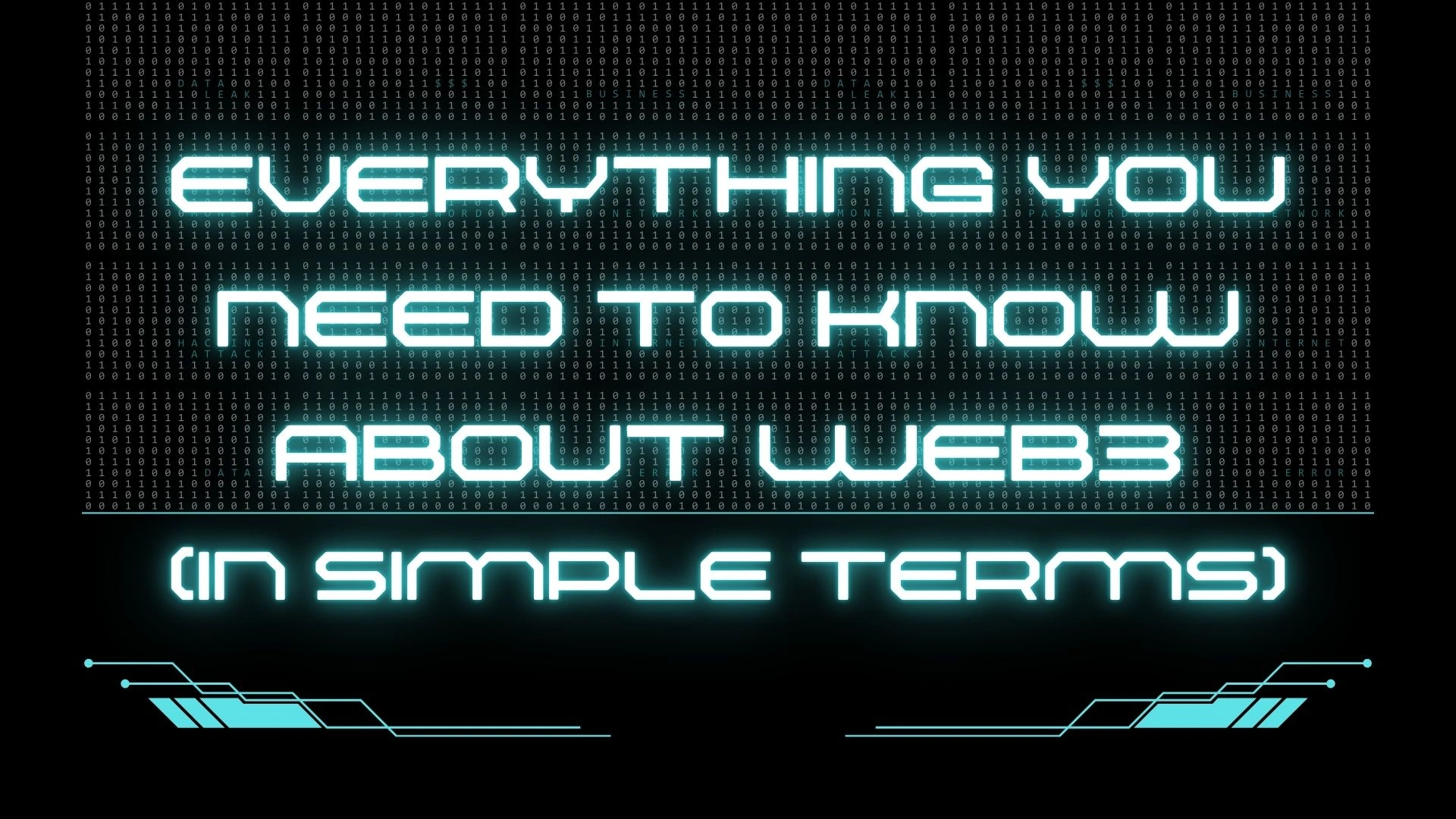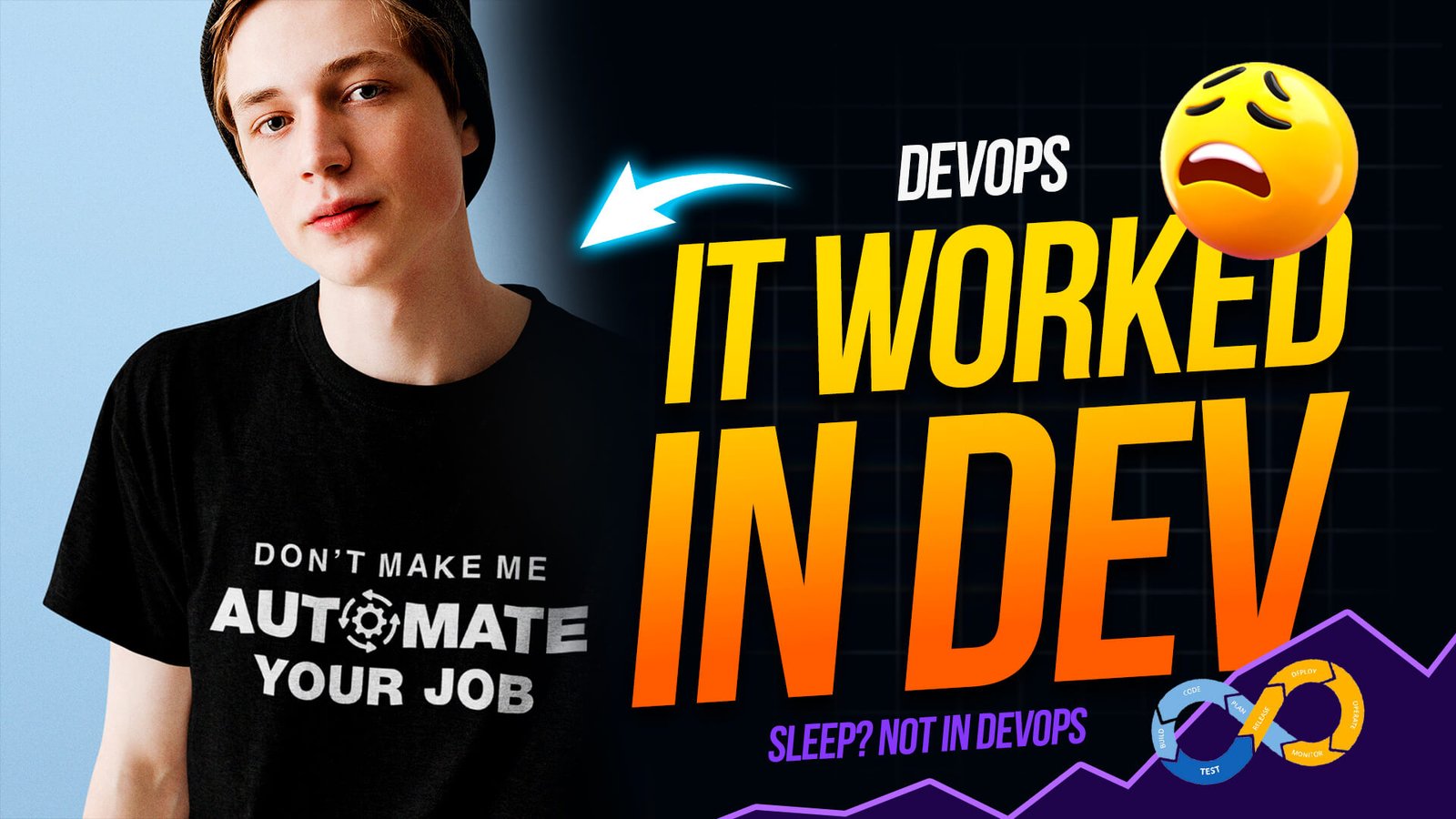Introduction
Everything You Need to Know About Web3 (In Simple Terms)
You’ve probably heard people talking about Web3, blockchain, and decentralization. But what does it all mean? Is it just another internet buzzword, or is it really the future of the web?
In this guide, we’re breaking down Web3 in the simplest way possible. No technical jargon—just a clear, conversational explanation of what Web3 is, why it matters, and how it could change the internet as we know it.
1. What is Web3?
Web3 is the next generation of the internet, built on blockchain technology. It aims to give users more control over their data, digital identities, and online transactions without relying on big tech companies.
How is Web3 Different from Web2?
- Web1 (The Early Internet): Static web pages with minimal user interaction.
- Web2 (Today’s Internet): Interactive platforms controlled by companies like Google, Facebook, and Amazon.
- Web3 (The Future Internet): Decentralized, user-owned applications powered by blockchain and cryptocurrencies.
2. Key Features of Web3
1. Decentralization
Unlike Web2, where big companies store data on central servers, Web3 operates on decentralized networks like blockchain, making data more secure and less prone to censorship.
2. Blockchain Technology
Web3 is built on blockchain, a transparent and tamper-proof ledger that records transactions and data across multiple computers.
3. Cryptocurrency & Tokens
Many Web3 platforms use cryptocurrencies like Ethereum or Bitcoin for transactions, giving users financial control without banks or intermediaries.
4. Smart Contracts
These are self-executing contracts with rules written in code, automating transactions and agreements without middlemen.
5. User Ownership & Privacy
Users in Web3 control their own data, identities, and digital assets without handing them over to corporations.
3. How Does Web3 Work?
Web3 applications (often called dApps, or decentralized apps) function using blockchain, smart contracts, and tokens. Instead of logging in with an email and password, users interact with Web3 through digital wallets like MetaMask.
Examples of Web3 Applications:
- Decentralized Finance (DeFi): Apps like Uniswap allow users to trade crypto without banks.
- NFT Marketplaces: Platforms like OpenSea let users buy, sell, and trade digital collectibles.
- Decentralized Social Media: Apps like Lens Protocol offer censorship-resistant platforms.
4. Why Does Web3 Matter?
1. More Privacy & Security
Web3 reduces reliance on tech giants that collect and sell user data.
2. Censorship Resistance
Since Web3 is decentralized, no single authority can control or shut down content.
3. New Opportunities for Earning
Users can earn money directly through decentralized apps, gaming, and content creation without middlemen taking a cut.
5. The Challenges of Web3
1. Complexity & Accessibility
Web3 can be complicated for beginners. Setting up digital wallets and using blockchain-based apps requires some technical knowledge.
2. Scalability Issues
Blockchain networks can be slow and expensive to use, making mass adoption challenging.
3. Security Risks
While blockchain is secure, scams, hacks, and fraudulent projects still exist in the Web3 space.
6. The Future of Web3
As blockchain technology evolves, Web3 is expected to become more user-friendly, scalable, and secure. Companies and developers are working on solutions to make decentralized applications as easy to use as traditional web apps.
Conclusion
Web3 is an exciting vision for a more open, secure, and user-controlled internet. While it has challenges, its potential to revolutionize how we interact online is undeniable. Whether you’re a casual user or a crypto enthusiast, understanding Web3 is key to navigating the future of the internet.
FAQs
- Is Web3 the same as blockchain?
- No, but Web3 relies on blockchain technology to function securely and transparently.
- Do I need crypto to use Web3?
- Many Web3 apps require a cryptocurrency wallet, but some applications are becoming more user-friendly for non-crypto users.
- Is Web3 safe?
- While blockchain is secure, users should be cautious of scams, hacks, and misleading projects.
- Will Web3 replace Web2?
- Web3 is still in its early stages and is likely to coexist with Web2 rather than completely replace it.
- How can I start using Web3?
- You can explore Web3 by setting up a crypto wallet (like MetaMask), trying out decentralized apps, or investing in blockchain projects.
Web3 is here, and it’s reshaping the way we think about the internet. Are you ready to dive in?
Web3 explained, what is Web3, Web3 blockchain, Web3 vs Web2, decentralized internet, Web3 for beginners, future of the internet, how Web3 works, blockchain internet, decentralized web, future of online technology, Web3 benefits



